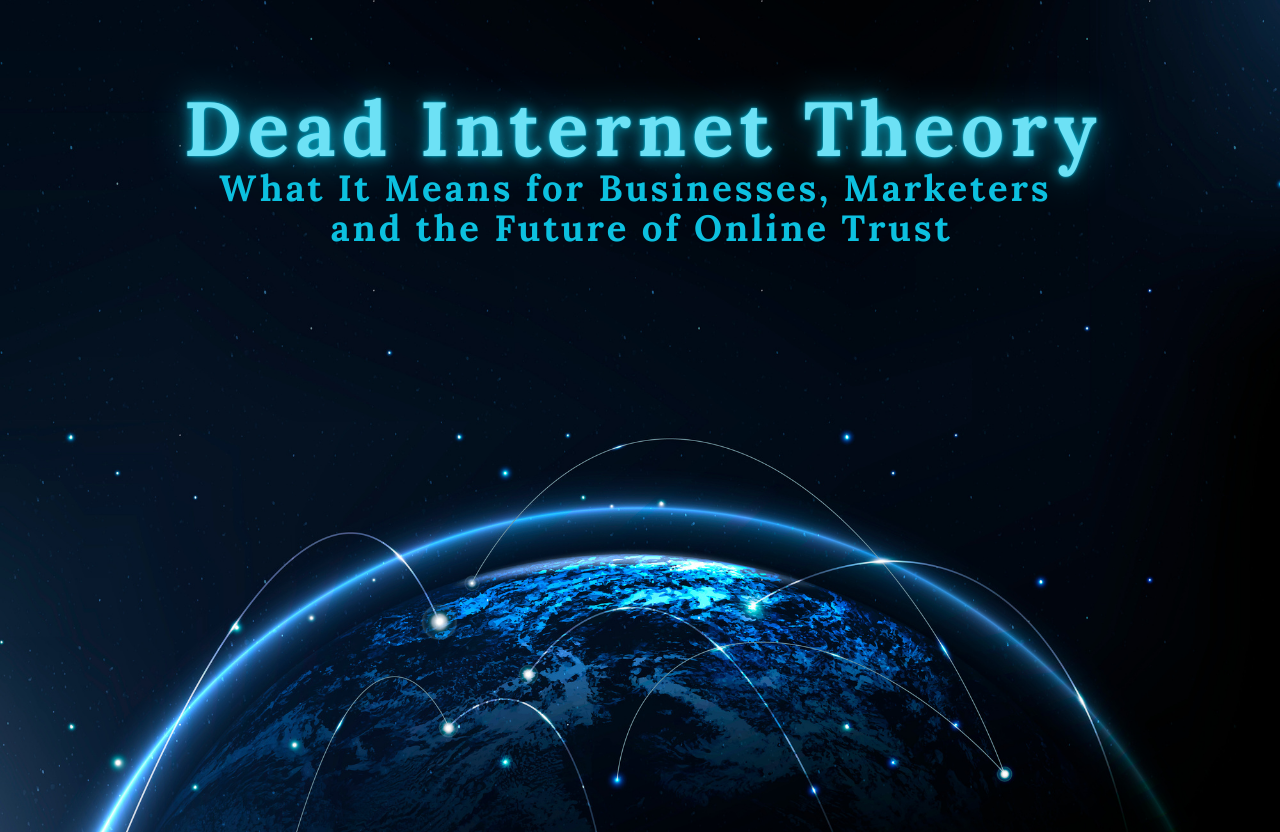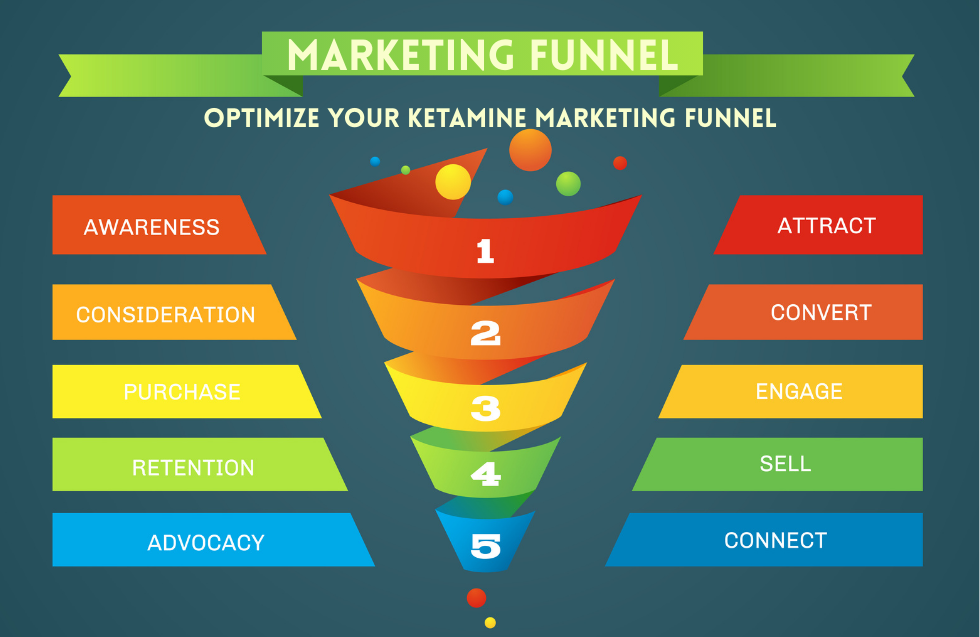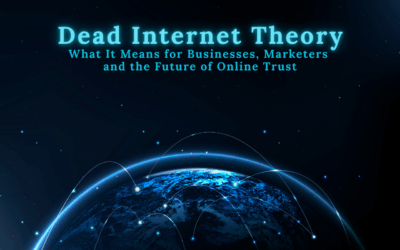In today’s rapidly evolving global economy, the cost of maintaining a workforce is becoming a significant concern for businesses of all sizes. From rising wages and benefits to increased demands for employee well-being and technological upskilling, companies are grappling with the reality that their labor costs are escalating at an unprecedented rate. But what are the key factors driving these increases, and how can businesses adapt to this new economic landscape?
The Key Drivers of Rising Workforce Costs
- Wage Inflation: Wage inflation has become a pressing issue for businesses worldwide. The increasing cost of living, driven by factors such as housing, healthcare, and education, has led to widespread demands for higher wages. Governments in various countries have responded by raising minimum wage levels, which directly impacts labor costs, especially for small and medium-sized enterprises (SMEs) that rely heavily on low-wage workers.
Beyond minimum wage laws, the competition for top talent, particularly in high-growth sectors like technology, healthcare, and finance, has led to significant wage inflation. Companies are not only competing on a local scale but also globally, leading to bidding wars for skilled professionals. As a result, businesses are often forced to offer higher salaries, signing bonuses, and other financial incentives to attract and retain key talent, further escalating workforce costs.
Moreover, the shift towards remote work has expanded the talent pool, allowing employees to demand higher wages due to their increased leverage in choosing employers from a global market. This trend has particularly impacted industries that require specialized skills, where the supply of talent does not meet the demand. - Increased Benefits and Perks: The modern workforce places a high value on comprehensive benefits and perks, making them a crucial component of compensation packages. Traditional benefits such as health insurance, retirement plans, and paid leave have long been standard offerings. However, today’s employees expect more—flexible work arrangements, wellness programs, mental health support, childcare assistance, and opportunities for continuous learning and development.
The COVID-19 pandemic has accelerated these expectations, as employees have become more conscious of their health and work-life balance. Companies are now investing in remote work infrastructure, including home office stipends, technology upgrades, and virtual collaboration tools. Additionally, there is a growing demand for benefits that support mental and emotional well-being, such as access to counseling services, stress management programs, and mindfulness training.
These expanded benefits are not just perks; they are often seen as essential to attracting and retaining top talent. However, they come at a significant cost. Employers must carefully balance offering competitive benefits with managing their overall compensation expenses, particularly in industries where profit margins are thin. - Technological Advancements and Upskilling: The rapid pace of technological change is reshaping industries and job roles, creating a pressing need for continuous upskilling and reskilling of the workforce. Businesses must invest heavily in training programs to ensure their employees are equipped with the latest digital and technical skills. This is particularly true in sectors such as IT, finance, manufacturing, and healthcare, where new technologies like artificial intelligence (AI), machine learning, and automation are transforming operations.
The cost of upskilling can be substantial, encompassing not only the direct expenses of training programs but also the opportunity costs associated with employees taking time away from their regular duties. Moreover, the need for specialized training providers, certification programs, and advanced educational tools can further drive up costs.
However, failing to invest in upskilling can be even more costly. A workforce that lacks the necessary skills to adapt to new technologies can hinder a company’s ability to innovate, reduce operational efficiency, and ultimately lead to a loss of competitiveness in the market. - Regulatory Compliance: Regulatory compliance is an increasingly complex and costly aspect of managing a workforce. Governments around the world are introducing more stringent labor laws, including regulations related to workplace safety, diversity and inclusion, data protection, and employee rights. These regulations are designed to protect workers and promote fair labor practices, but they also impose significant administrative and financial burdens on businesses.
For example, compliance with labor laws may require companies to invest in legal counsel, HR specialists, and compliance officers to navigate the regulatory landscape. Additionally, companies may need to implement new policies, procedures, and technologies to ensure compliance with laws related to wage and hour regulations, workplace discrimination, and employee privacy.
Non-compliance can result in severe penalties, including fines, legal disputes, and reputational damage. Therefore, businesses must prioritize compliance as a key aspect of their workforce management strategy, even as it adds to their overall labor costs. - Globalization and Labor Market Dynamics: Globalization has created a more interconnected and competitive labor market, which has both advantages and challenges for businesses. On one hand, companies can access talent from around the world, allowing them to tap into skills and expertise that may not be available locally. On the other hand, this global competition for talent can drive up wages, particularly in industries where specialized skills are in high demand.
Additionally, geopolitical factors such as trade tariffs, immigration policies, and economic sanctions can impact labor costs and availability. For example, changes in immigration laws may restrict access to foreign talent, leading to labor shortages and increased wages for certain roles. Similarly, trade disputes and tariffs can disrupt supply chains, leading to higher costs for raw materials and production, which can indirectly affect workforce costs.
Companies operating in multiple countries must also navigate the complexities of managing a global workforce, including differing labor laws, cultural differences, and varying economic conditions. This requires a strategic approach to workforce planning, including the ability to adapt to changing market dynamics and leverage global talent effectively.
Strategies for Managing Rising Workforce Costs
- Automation and AI Integration: One of the most effective ways to manage rising workforce costs is by integrating automation and AI into business operations. Automation can handle repetitive, mundane tasks that do not require human intervention, allowing companies to reduce labor costs and reallocate human resources to more strategic roles. For example, AI-powered chatbots can handle customer service inquiries, while robotic process automation (RPA) can streamline data entry and processing tasks.
However, automation is not a one-size-fits-all solution. Companies must carefully assess which tasks can be automated without compromising quality or customer satisfaction. Additionally, businesses should consider the upfront investment required for automation technologies and the potential impact on employee morale. To mitigate these challenges, companies can implement a phased approach to automation, gradually introducing AI tools and providing training to help employees transition to new roles. - Flexible Workforce Models: Adopting flexible workforce models can provide businesses with the agility to respond to changing market conditions while managing labor costs. This approach includes hiring freelancers, contractors, and part-time employees for specific projects or peak periods. By leveraging a flexible workforce, companies can avoid the fixed costs associated with full-time employees, such as salaries, benefits, and overhead.
Additionally, remote work has become a viable option for many businesses, allowing them to access talent from different geographic regions with lower labor costs. Remote work also enables companies to reduce expenses related to office space, utilities, and commuting.
However, managing a flexible workforce requires careful planning and clear communication. Companies must establish clear expectations, deliverables, and performance metrics for contract workers and remote employees. Additionally, businesses should invest in collaboration tools and technologies that support seamless communication and productivity across a distributed workforce. - Focus on Employee Retention: High employee turnover can significantly drive up labor costs due to the expenses associated with recruiting, hiring, and training new employees. To mitigate these costs, companies should prioritize employee retention by creating a positive work environment, offering competitive compensation packages, and providing opportunities for career growth and development.
Employee engagement is a critical factor in retention. Companies should regularly assess employee satisfaction through surveys, feedback sessions, and one-on-one meetings. Addressing concerns and implementing changes based on employee feedback can help improve retention rates.
Professional development is another key aspect of retention. Offering continuous learning opportunities, mentorship programs, and clear career paths can help employees feel valued and motivated to stay with the company. Additionally, recognizing and rewarding employee achievements can boost morale and loyalty. - Optimize Benefits Packages: While benefits are an essential component of compensation, they can also be a significant cost driver. To manage these expenses, companies should regularly evaluate their benefits offerings to ensure they align with employee needs and preferences. This may involve conducting surveys or focus groups to gather input on which benefits are most valued by employees.
Offering customizable benefits packages can help businesses control costs while meeting the diverse needs of their workforce. For example, some employees may prioritize health insurance and retirement savings, while others may prefer flexible work arrangements or wellness programs. By allowing employees to choose the benefits that matter most to them, companies can optimize their benefits spending.
Additionally, businesses should explore cost-saving opportunities within their benefits programs, such as negotiating better rates with insurance providers, offering wellness incentives to reduce healthcare costs, or implementing employee assistance programs (EAPs) that provide support for personal and professional challenges. - Global Talent Sourcing: Global talent sourcing allows companies to access high-quality labor at competitive rates by hiring remote employees from regions with lower labor costs. This approach can help businesses manage workforce expenses while maintaining access to a diverse pool of talent.
To effectively leverage global talent, companies should develop a robust remote work infrastructure, including secure communication and collaboration tools, time zone management strategies, and clear policies for remote work. Additionally, businesses should be mindful of cultural differences and ensure that their global workforce is aligned with the company’s values and objectives.
While global talent sourcing offers cost advantages, it also requires careful consideration of legal and compliance issues, such as employment laws, tax regulations, and data privacy requirements in different countries. Companies should work closely with legal and HR experts to navigate these complexities and ensure compliance with local laws.
Conclusion
The rising cost of workforces is an undeniable trend that businesses must navigate in today’s economic climate. While the challenges are significant, they also present opportunities for innovation and strategic planning. By understanding the factors driving these costs and implementing effective management strategies, companies can maintain a competitive edge while ensuring the sustainability of their workforce. The key lies in balancing the need for cost control with the imperative of investing in the talent and resources that drive long-term success.













